By Rick Synowski
*Pedigree data courtesy Michael Bowling. Published in the 1989 Crabbet Yearbook.
In nine decades of Arabian horse breeding in America, the influence of Crabbet mare lines has lost none of its lustre. Crabbet-related mares continue to dominate lists of champion producers all the way to the Nationals. Their success when crossed with stallions of virtually every breeding group is a fact of record, from *Bask to El Hilal. Importations since the 1960′s have also brought the influence of Crabbet mare lines of other national breeding groups such as Radia (Ghadia) from Egypt, Star of the Hills and Rissalma from Russia, Reyna from Spain, Sardhana from Poland, and more. The “place of pride” phenomena ascribed to these Crabbet mares within these breeding groups is also a fact of record. Their distinguishing type and characteristics can be recognized in their descendants and continues to be of immeasurable value.
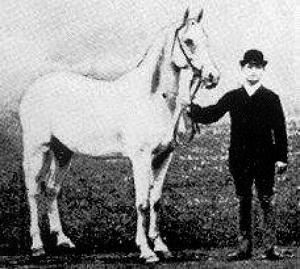
The year was 1900. A Mr. Eustis made Arabian horse history with his importation of the Basilisk granddaughter, *Bushra from the Crabbet Stud. Wilfrid Blunt considered the family of the desert bred foundress Basilisk to be one of the best of the early desert importations. Basilisk was of the family strain Seglawieh Jedranis which Lady Ann Blunt termed the best strain remaining with the horse breeding Sebaa Anazeh Bedouins. The grey Basilisk stood 14.1 hands and was described as “fast, powerful, up to any weight and a good fencer.” Lady Ann Blunt further wrote that she had “something of the compact wiriness of a wild animal.” The Basilisk mare line would soon become of major significance to foundation breeding in America with the importations of *Bushra, *Butheyna, *Baraza and *Battla. The great American breeder and authority of this early period, Spencer Borden, tauted the Basilisk line as the “best blood in the world.” The “compact wiriness of a wild animal” is still to be found in Basilisk descendants. Basilisk also was foundress, interesting enough, of a successful family of Thoroughbred racers in England.
The Rodania mare family was introduced to America by Spencer Borden in 1905 with his importation of the “Queen Mother of Crabbet”, Rose of Sharon. Borden’s coup in obtaining the most celebrated of Crabbet’s early matrons must be considered in light of her unparalleled international influence. It was this Rodania daughter which spread the powerful influence of Crabbet breeding to virtually every Arabian horse breeding base in the world.
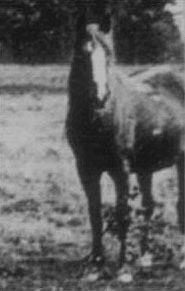
The chestnut Rodania was a Kehilieh Ibn Rodania, bred by the Roala Bedouins. Lady Ann Blunt described her as having “extraordinary strength and style.” She was a celebrated mare among the horse breeding desert tribes, her reputation having reached the Blunts two years prior to their actually seeing her. Rodania’s family was to become a breeding foundation like no other for the Crabbet Stud.
The Crabbet bred *Rifala, dam of *Raffles, and *Rissletta, dam of Abu Farwa, became inarguably the two most important Rodania line mares to come to America. In Egypt Bint Rissla and Bint Riyala, Reyna of Spain, Rissalma, Ruanda and Ruellia in Russia, and Australia’s Rafina, all Crabbet mares of the Rodania family became an integral part of the foundation of those breeding programs whose influence would be introduced to America with the importation of their descendants.
No story of the Rodania family would be complete without mention of the illustrious Rissla whose own influence ties together many of the international branches of the Rodania family. Rissla was the dam of two great English sires Rissalix and Irex. She is the dam of the aforementioned Rissalma, who is the dam of Russia’s Priboj. The Spanish mare Reyna and her full sister *Rifala were Rissla daughters. And the important English broodmatron Risslina was a Rissla daughter and dam to Kellogg’s *Rissletta. Rissla’s contribution of her exceptional quality, beautiful head and tremendous trotting ability remains the hallmark of her like descendants.
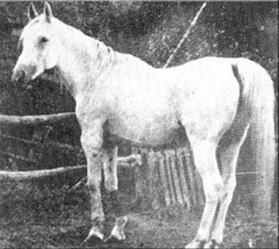
Four years after the importation of *Rose of Sharon, Spencer Borden brought a second grand dame of Crabbet to American shores, the grey, Al Pasha Sherif bred *Ghazala a Seglawia Jedrania and daughter of Crabbet foundress Bint Helwa. The Bint Helwa family, specifically the greys of the line, represented a distinctive type sought by the Blunts at the Ali Pasha Sherif Stud in Cairo. These were descendants of the Seglawi Jedrans Abbas Pasha, Viceroy of Egypt scoured the Arabian Peninsula to find, and spent a fortune in gold to obtain several decades earlier. They were horses of mysterious, exotic beauty, not large, with grace and lightness of movement but with a steely toughness, renowned for their courage of heart and loyalty. *Ghazala’s American bred daughters Gulnare (dam of Gulastra) and Guemura (dam of Ghazi) were typical of the Bint Helwa family in these respects. Two other branches of the Bint Helwa family are represented in foundation American breeding in the Crabbet imports *Hamida, *Hazna and *Hilwe. The mare line had been lost at the Crabbet Stud in later years, but fortunately continued to flourish in America, due in great part to the fecundity and fine quality of the mares brought here.
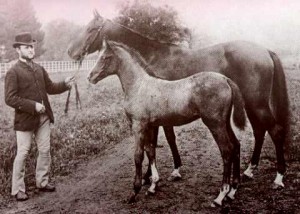
The fourth Crabbet mare line to reach America was that of Dajania with the 1910 importation of *Narda II by F. Lothrop Ames. Dajania was a bright bay Kehileh Dajanieh bred by a Turkoman chief who stole the dam from the Sebaa Anazeh. Dajania’s mare line would become greatly distinguished at Crabbet as producers of some of the greatest sires in the history of the breed: *Nasik, *Nureddin II, Naseem, Indian Gold, *Nizzam, Indian Magic, *Serafix, *Silver Drift, Indraff and Rapture. The Dajania family influence, via these sires and from the imported mares of the line, *Narda II, *Noam, *Indaia and *Incoronata, made a staggering impact on American breeding with its remarkable quality and finish, characteristic “peacock style” and electrifying presence.
W.R. Brown introduced the mare family of the desert bred Crabbet foundress Ferida in 1918 with the importation of *Felestin. Ferida, a nearly solid bay Managhieh Ibn Sbeyal, was bred by the Shammar Bedouin tribe and was purchased by the Blunts in Egypt. Ferida produced but two daughters to breed on at Crabbet, Fejr, the dam of *Felestin and also the dam of Faris, sire of Rissalix, and Feluka, dam of the influential Ferida scioness, *Ferda. *Ferda, along with two of her daughters, was imported from the Crabbet Stud in 1926 by Carl Raswan for W.K. Kellogg. Ten years later, half of the horses at the Kellogg Ranch would be *Ferda descendants. Her son Ferseyn became the leading sire of champions in America for over a decade and her granddaughters by that sire, Saki and Fersara remain as all-time top ranking producers of halter champions.
The Ferida line was noted for its distinguishing quality. There is a fine sharpness of definition and a balanced, rhythmic angularity about them and they are valued especially for their superior legs.
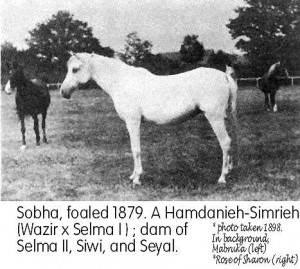
The 1918 W.R. Brown shipment from Crabbet also brought the first mare of the Sobha family line to America, in the bay *Simawa, a mare who would later become important to the breeding program of Albert W. Harris. Roger Selby and W.K. Kellogg would each make astute purchases of Sobha line mares from Crabbet with *Selmnab and *Crabbet Sura respectively, but the most acclaimed branch of Sobha’s family did not reach America until the early 1950′s. This was the line of Lady Wentworth’s unforgettable Silver Fire which came to prominence at Crabbet after World War II. These mares, *Senga, *Ashan, and *Shayba imported by Walter Ross, and *Silver Crystal imported by John Rogers, brought the family line to new prominence in America. Al-Marah’s 1957 importation of the even more spectacular *Silver Diamond, *Silver Grand, *Silwa and *Silwara brought an even greater admiration for this family. The Silver Fire branch of the Sobha line is probably most typical of Sobha herself, grey, of exquisite beauty and type, and with an ethereal presence. Lady Ann Blunt described Sobha as “delightful as a companion and to ride.” Sobha was a Hamdanieh Simreieh foaled in Egypt of Abbas Pasha/Ali Pasha Sherif breeding.
Crabbet mares have proven faithful in their contribution of beauty, brilliance, quality, authentic breed type, performance, intelligence and disposition to the Arabian horse worldwide. It is in America that they continue to flourish in greatest number and widest genetic selection. Their influence stands the tests of time, of fads, and of rising and falling markets.

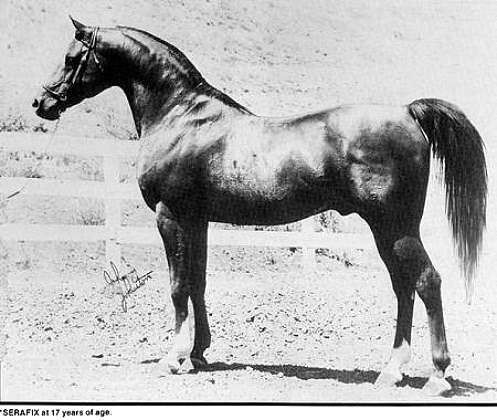
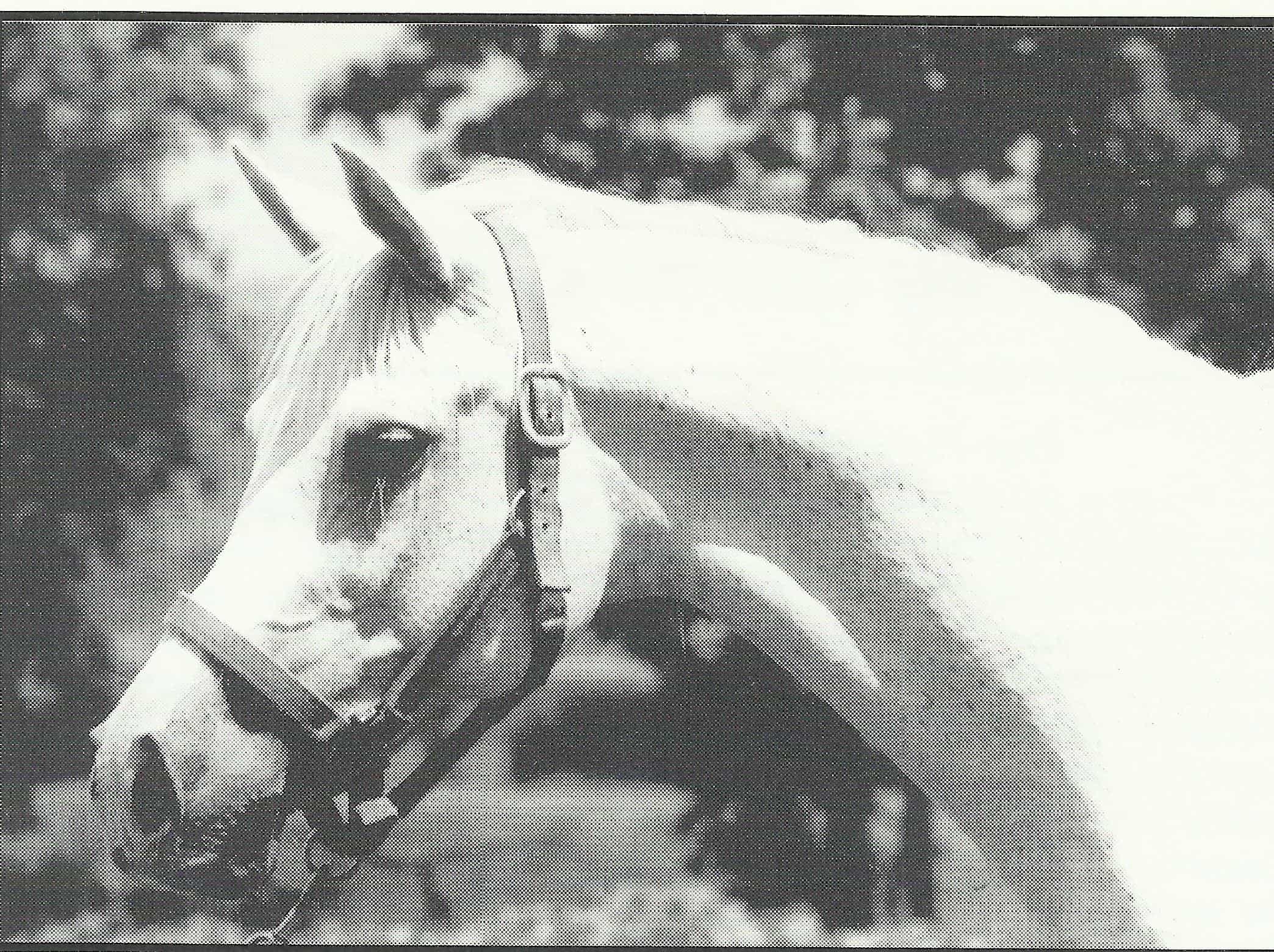

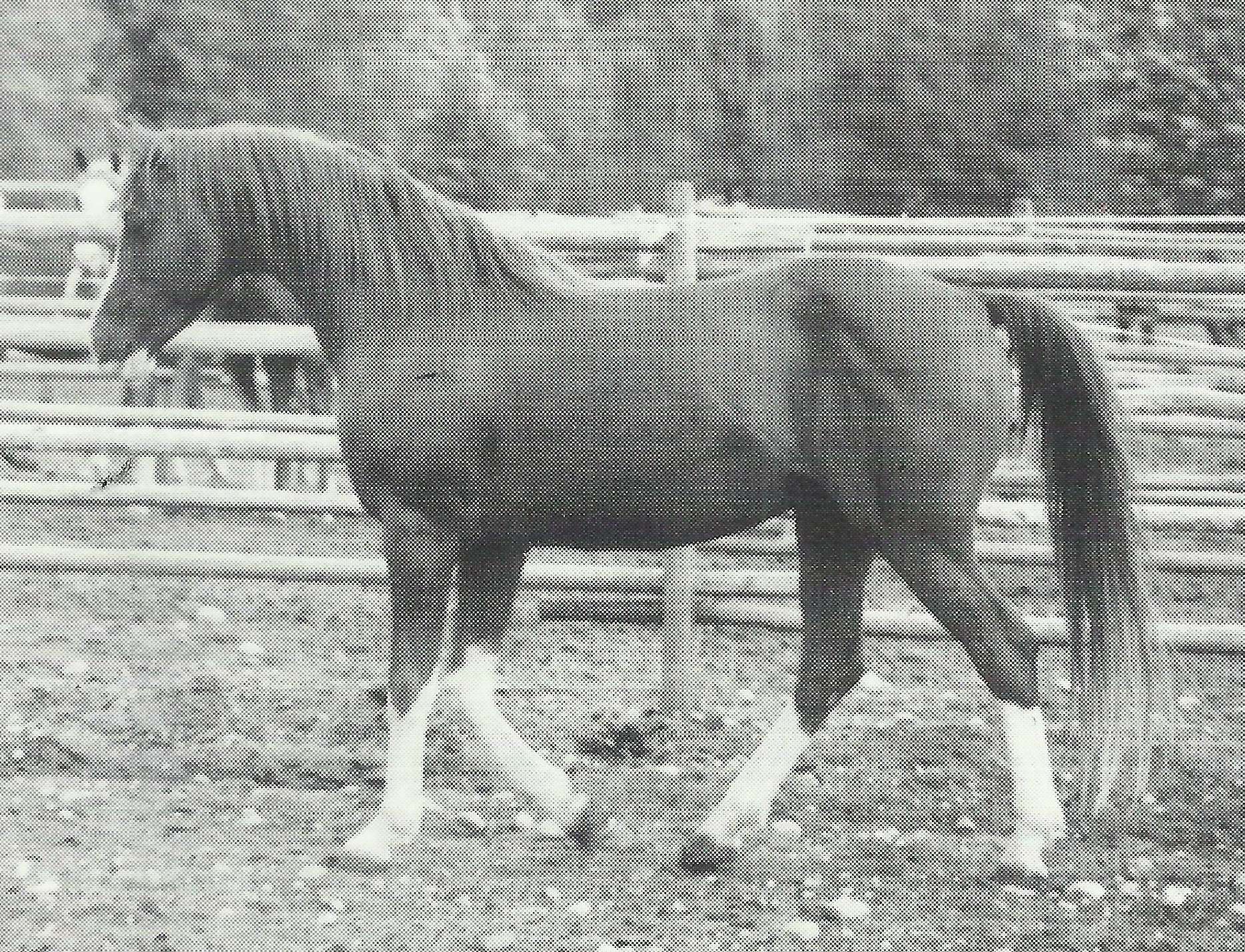
Alison Sandford says
Wonderful to see these names that appear in the bloodlines of my horses. I have an elderly grandson of Gai Gaspacho.
Angela says
We know the feeling! Our love for this site started with pedigree research on my first Arabian <3